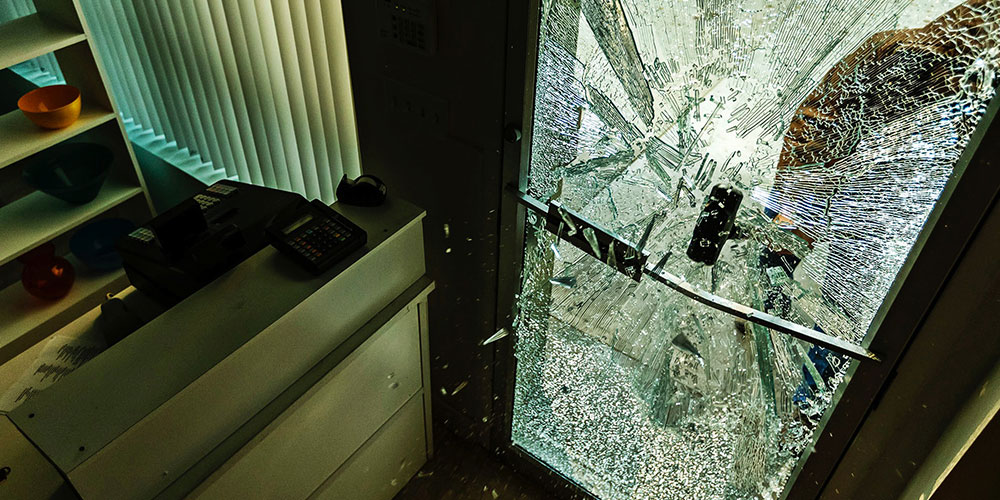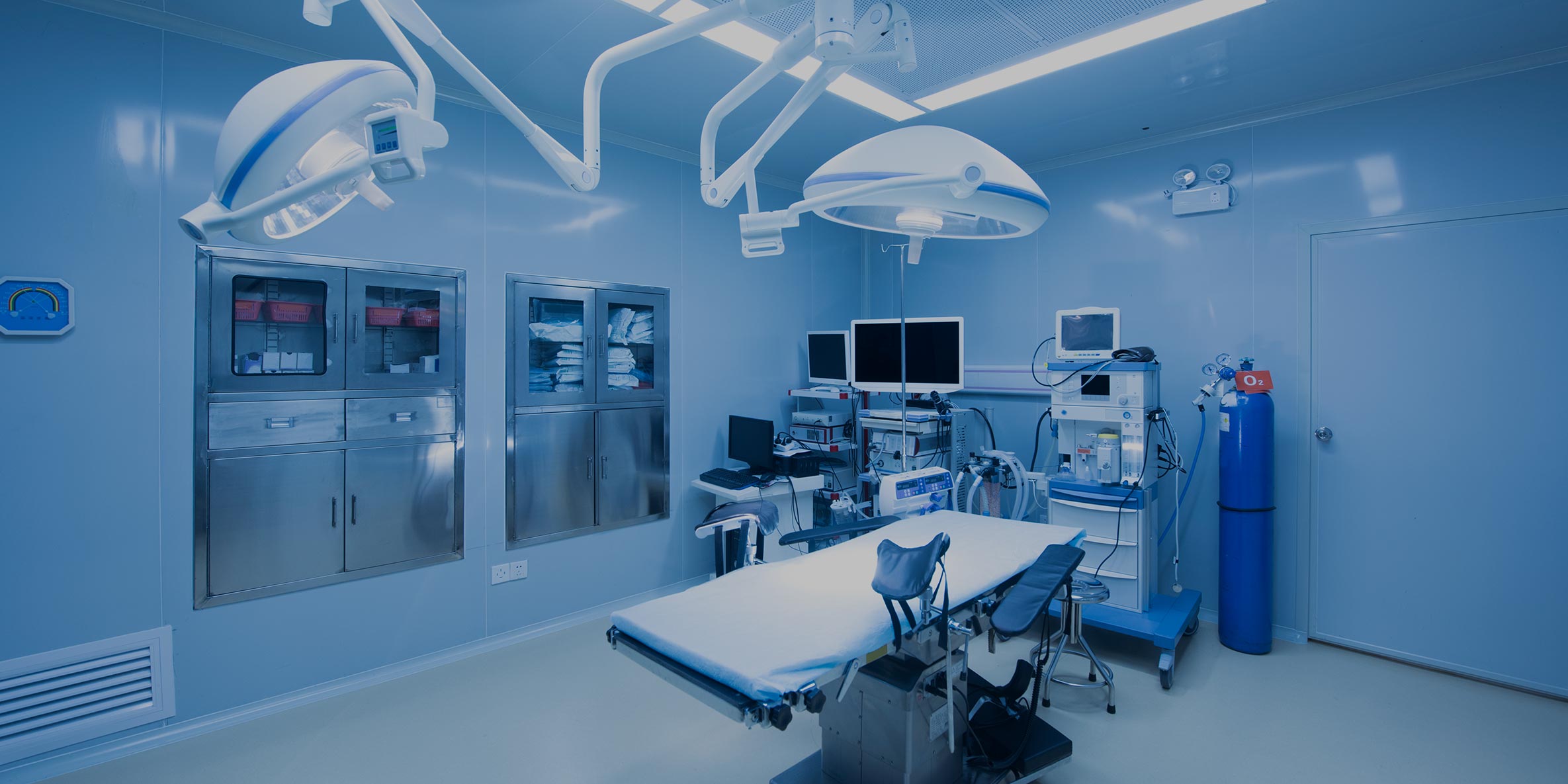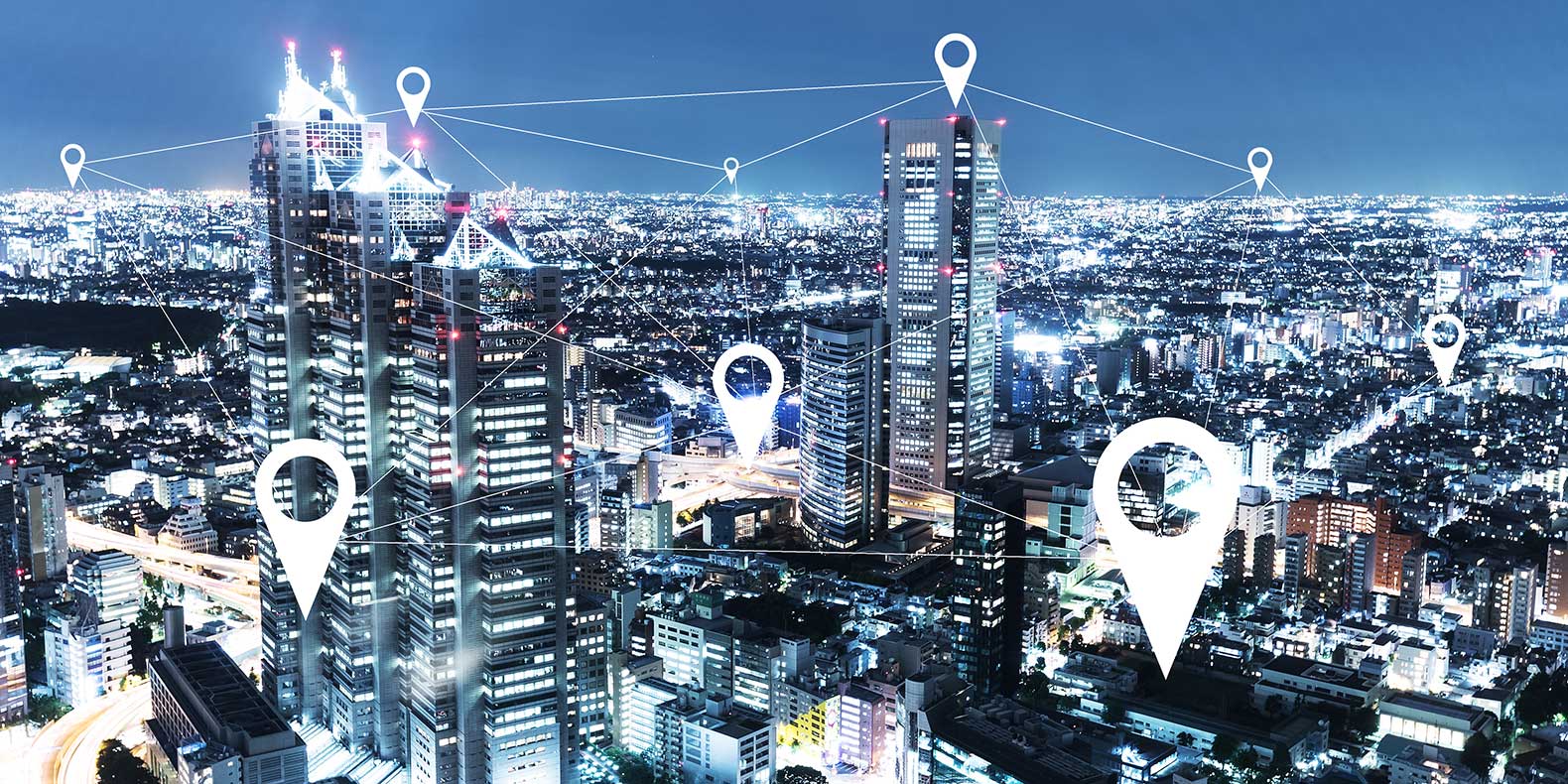Hospital visitor management often includes strict visiting hours and manual check-ins with little knowledge of visitor information. In an industry that changes daily with evolving patient care, wouldn’t you expect visitor management to change as well?
Some hospitals have already modernized this system. Is your healthcare system ready to upgrade?
Read on to learn about the best practices in visitor management and what it means for hospital security.
Implement a Better System
Paper guestbooks no longer have a place in hospitals. Issues with legibility and confidentiality have warranted the creation of automated visitor management systems. Think about implementing one that uses passes or cards with access control capabilities. Such systems have many benefits, including:
- Quick determination of who is present in the building.
- Multi-platform use anywhere in the hospital.
- Visual identification of visitors.
- Increased security.
- Automated alerts if visitor capacity is reached.
A visitor management system helps mitigate many visitor-related risks. Use a system that makes risk aversion easier; it should promote faster visitor data collection and data movement throughout the hospital.
Capture Detailed Visitor Information
By using a visitor management system, your check-in process will allow for better data collection. Thus, you can collect more appropriate information that will be useful for tracking visitors and maintaining safety in the building. Suggested information to capture includes:
- Scan of driver’s license (for accuracy of information and image capture).
- Name of patient and room number the guest is visiting.
- Expected duration of stay.
- Associated company (if guest is a vendor).
Integrate Security Systems
Competition in healthcare is always high, so patient satisfaction is important. Allowing visitors to come and go freely is a great way to boost patient morale, but it poses a security threat.
Alongside implementing the visitor management system discussed above, it’s helpful to integrate that system with your security. If you scan a visitor’s driver’s license, you can more easily identify them through the hospital’s video surveillance. If you use a badging system to allow access control for guests, make sure it can run on the same system as the badges for employees and staff. Integration makes your security systems more cost effective and easier to use.
Additionally, remember to review business security for hospitals regularly. When updates to security best practices occur, you’ll want to know about them.



